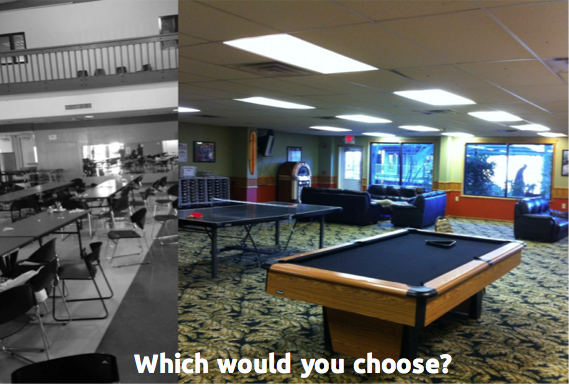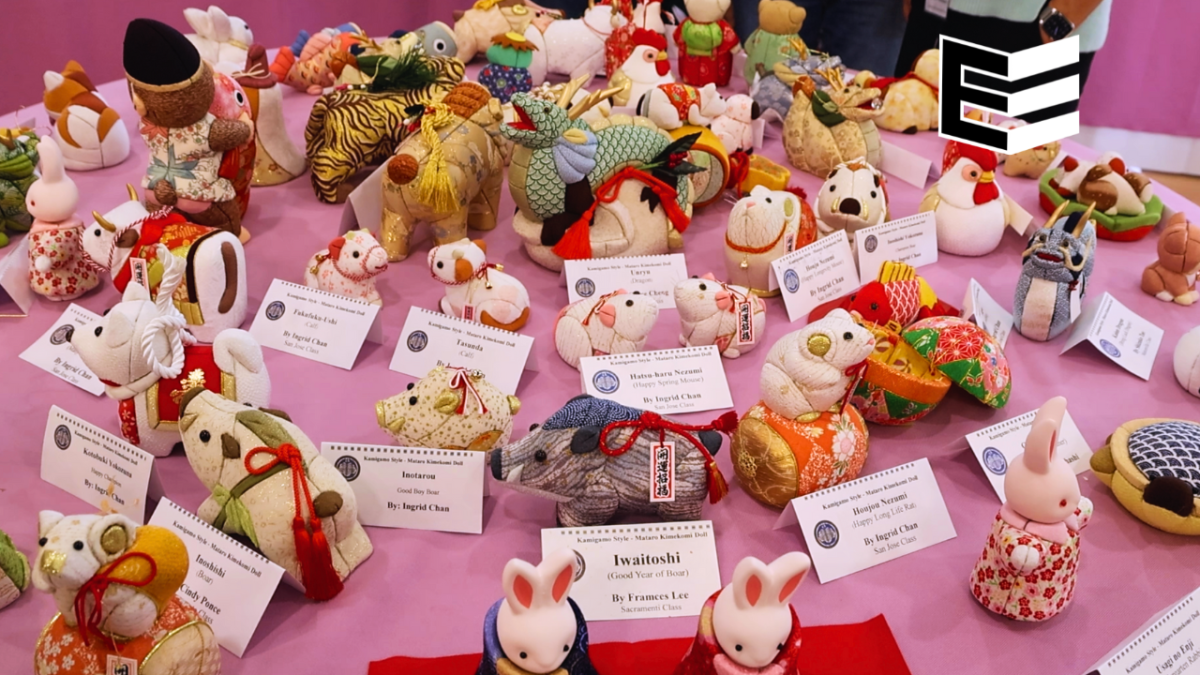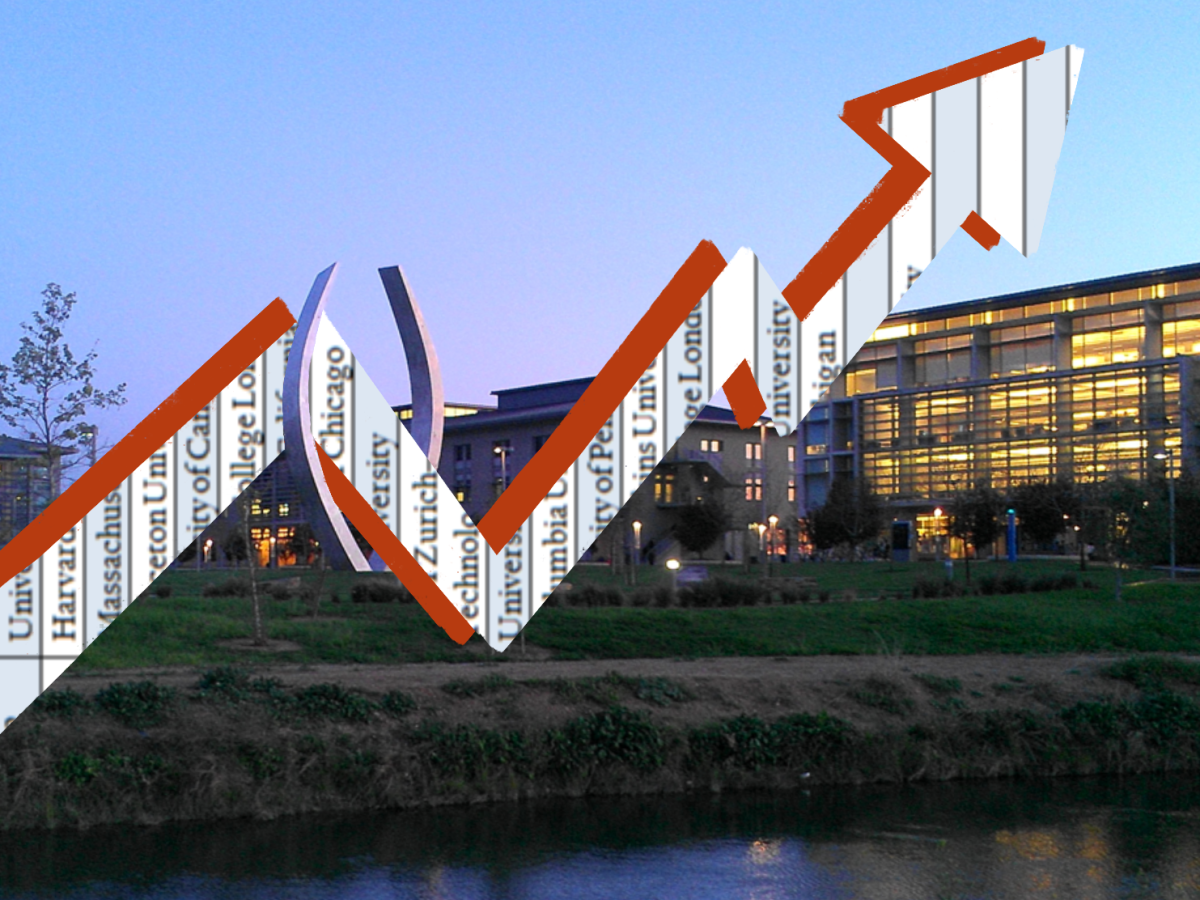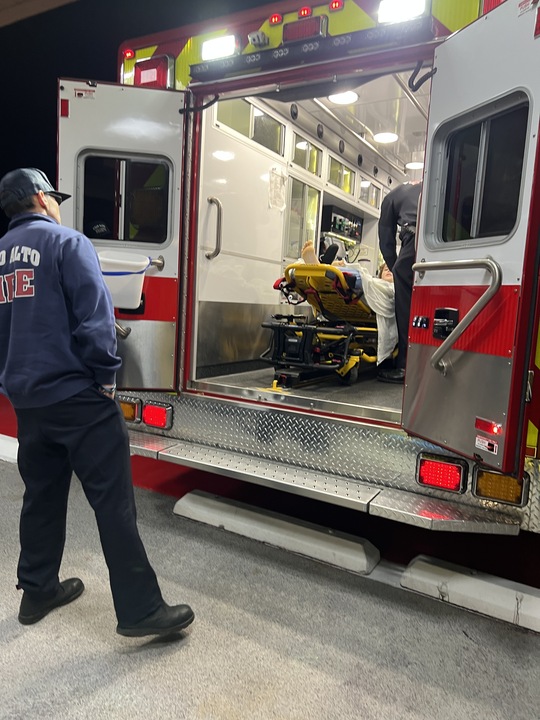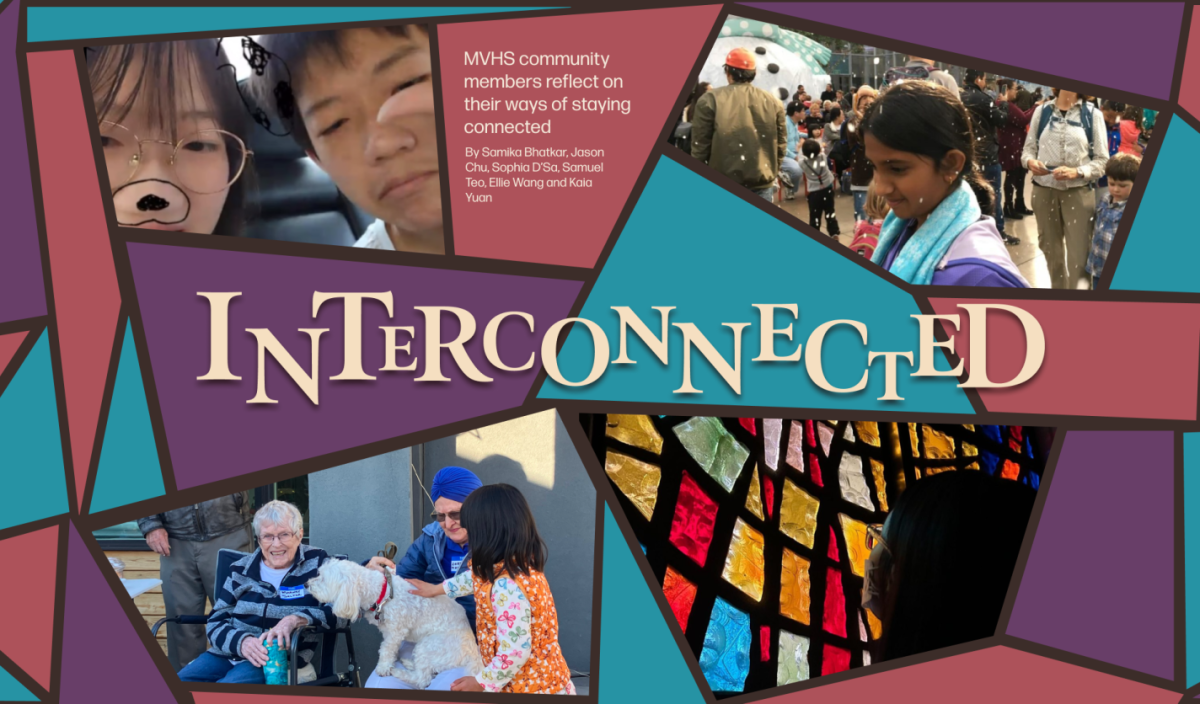Students use petitions to promote change and make improvements to school.
How would you like another tutorial? Better food in the cafeteria? A student lounge? As part of their recent project, “Lobbying for a Change,” students in American Studies proposed and petitioned for ideas like these to improve the MVHS community.
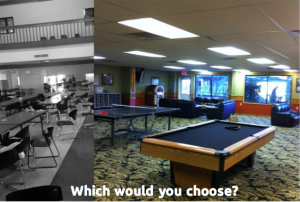
According to American Studies teacher Andrew Sturgill, the purpose of the project was to invoke campus-wide change on issues students felt were important, such as better cafeteria food or extra tutorials. Last month, the students presented their organized proposals to the respective administrators who could put their plans into effect, in the hopes of improving the school environment so it is more comfortable for students.
“The kids have done all their work, but the people that they presented to are in the process of trying to implement some of the plans,” Sturgill said. “The grading part is over, but the true outcome and effect of the project is yet to be known.”
A new student lounge
Junior Sasha Rubinshteyn and her group feel that the student center is too uncomfortable to fully provide students with stress relief. Believing that students needed a better place to relax, the group decided to petition for a new student lounge.
The group’s main plan of action was to reserve a room in the new cafeteria for the student lounge. If that plan failed, the alternative would be to remodel the existing student center: redoing the floors, painting the walls and adding comfortable furniture.
“The major issue that a lot of people have is stress, and the whole idea of this room would be a stress-free environment,” Rubinshteyn said.
Junior Joy Lee, a member of Rubinshteyn’s group, added that there was no appropriate place for students to socialize.
“[The students] don’t really go anywhere during their free period other than the library, which isn’t a place to talk to people,” Lee said. “The student center is really cold and smells bad.”
After surveying the student body to find out how many students supported the addition of the student lounge and finding supporters of their plan, they decided to carry through with the proposal and advertised to more people through their Facebook group. They then presented their proposal to Assistant Principal Mike White. In their plan, Rubinshteyn’s group addressed the necessity of obtaining funds for renovations and getting teachers to monitor the room. Their solution to the issue consisted of student-led fundraisers and donations.
Through the project, Rubinshteyn’s group learned the importance of asking students’ opinions and giving them a voice.
“[We] need to listen to what the students want,” Rubinshteyn said. “We really need to interview people and ask what they would want and address their problems.”
Twice the tutorial
Junior Natasha Joma’s group also used data gathered from surveys and Facebook groups, in addition to observations of student behavior during tutorials, to corroborate their belief in the value of tutorial. Their petition requested additional tutorials in the week.
During tutorials, the group members observed that some of their classes had long lines of students who were waiting to ask questions to teachers. They also noticed a large number of people who were either studying or doing homework rather than hanging out with friends. These observations gave them the idea of adding another tutorial period during the week.
“It would be really helpful because most people in this school use tutorial effectively,” Joma said. “It’s to see teachers and to do work and study.”
Students like senior Fiona Tiene also have strong opinions about adding an additional tutorial. Tiene was active on the Facebook page for the extra tutorial group and uses her tutorials effectively.
“I use every single minute of tutorial that I have,” Tiene said. “I’m constantly rushing from this class to another class … Because I get so much done during tutorials, it makes me think with a few more tutorials I could get that much more done.”
Joma and her group members also considered their proposal to be the solution to the problems students experience during group projects. The extra tutorial would allow students to more easily arrange meeting times that would otherwise not be possible due to students’ extracurricular activities and differences in availability.
The group chose to propose an additional tutorial on Mondays, which may help students to prepare for tests during the block days. They gave their presentation to history teacher Bonnie Belshe, who is part of the board in charge of scheduling.
Joma felt that she and her group had practiced for their futures, in which they would have the ability to implement changes themselves.
“[We] experienced real-life situations to see if we [could] make a difference,” Joma said. “We wanted to change something in the school that we were passionate about.”
Waiting for change
Rubinshteyn and Joma’s groups, along with the other American Studies groups, have finished presenting their proposals, but their lobbying is not yet finished. Although the students have learned from their projects and received their grades, some of their ideas may be put into effect to improve MVHS.
“[The administrators] are supposed to come contact us later,” Lee said. “All we provide is the idea of this, and they choose whether to act upon it or not.”


